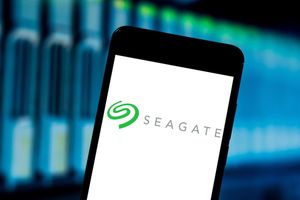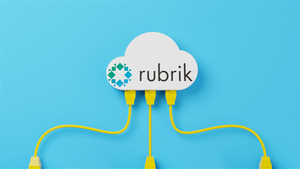Payroll Integrations’ 2025 Employee Financial Wellness Report Reveals That 59% of Employees Lack Confidence in Their Retirement Plans
Payroll Integrations, the technology company that’s reimagining how employers support employees’ financial well-being through benefit automation, has released the first part of its two-part 2025 Employee Financial Wellness Report. The second annual report reveals rising concerns over retirement stability, with 38% of surveyed employees reporting they have tapped their retirement funds and a third (33%) planning to do so within the next year. While withdrawals occur across all demographics, they are especially common among younger workers–nearly half (46%) of Gen Z employees report having taken out funds.
Payroll Integrations’ Employee Financial Wellness Report explores the growing importance of financial wellness from the perspective of both employers and employees. Part 1 of the report reveals employees’ fading confidence in their financial futures as many continue to tap into their retirement savings to cover unexpected emergencies, rising everyday costs and debt. This year’s research also highlights retirement contribution trends and generational disparities in retirement readiness.
“It’s clear that many Americans are feeling the pinch of economic circumstances, and those pressures are fundamentally reshaping their retirement planning strategies,” said Doug Sabella, CEO of Payroll Integrations. “Many employees say they don’t feel prepared to retire on their own terms within their expected timeline, which is a strong signal to companies to increase support for employees, whether through enhanced retirement plan offerings or expanded financial education.”
The new two-part report is based on research conducted by market research firm Dynata, on behalf of Payroll Integrations.
Among this year’s findings:
- Retirement withdrawals emphasize urgent financial needs. More employees are dipping into their retirement funds not for discretionary spending, but to handle pressing financial emergencies. Of those employees who have withdrawn money, 37% report doing so to cover unexpected emergency expenses like car or home repairs. For the youngest working generation, financial emergencies rank behind debt repayment as the top reasons for accessing retirement savings: 42% of Gen Z (ages 18-27) employees specifically report having withdrawn funds to pay off debt, compared to 6% of Millennials (ages 28-43), 17% of Gen X (ages 44-59) and none of Boomers (ages 60+). This isn’t a one-time occurrence, with one in three (32%) workers planning to withdraw funds within the next year to cover unexpected expenses, while 18% report they will do so to manage rising day-to-day costs–signaling that these financial pressures are unlikely to ease anytime soon.
- Most employees are saving, but don’t feel confident about retirement. While 87% of workers contribute to a retirement plan, more than half (59%) report they are not completely confident they’ll be able to retire comfortably and on time. Many struggle with retirement readiness because they started saving later than they wanted (36%), rising costs of living prevent consistent saving (36%) and market volatility has impacted their savings (30%). This retirement insecurity spans all working generations, not just older employees. Nearly half of Gen Z (47%) and Millennials (46%) report they started saving later than they had hoped, indicating growing awareness that beginning earlier leads to better retirement security.
- Millennials are the most confident and careful with their retirement funds. Millennials show the highest retirement readiness across the four generations, with 47% expressing that they’re completely confident that they’ll be able to retire comfortably. They also demonstrate strong financial management, as only 31% report having taken money out of their retirement accounts.
- Retirement contribution levels vary widely across generations. While over half of employees contribute between 6% and 15% of their salary, reflecting strong overall participation, there are notable differences by age group. Gen X workers may be under-saving during their peak earning years, with 20% contributing 5% or less of their salary, while Gen Z faces significant affordability challenges, with 37% contributing the same. In contrast, only 9% of Millennials and 6% of Boomers contribute at that level. This variation highlights the diverse retirement readiness challenges faced by different generations.
Payroll Integrations’ 2025 Employee Financial Wellness Report is based on responses from 250 full-time adult employees and HR leaders across four age groups and all 50 states. Part 1 of the report can be found here.
About Payroll Integrations
Payroll Integrations is the technology company that’s reimagining how employers support employees’ financial well-being through benefit automation. Their integration platform is used by more than 20,000 businesses to connect payroll with retirement, HSA and other employer-sponsored benefit plans for over one million employees. Payroll providers including ADP, Paychex, Quickbooks Online and others use Payroll Integrations to seamlessly connect with 401k benefit providers such as Empower, Transamerica, Principal, VOYA and John Hancock. Payroll Integrations is backed by Arthur Ventures and headquartered in San Diego.
View source version on businesswire.com: https://www.businesswire.com/news/home/20250910607213/en/
Contacts
Kieran Powell
kieran.powell@channelvmedia.com
Channel V Media on behalf of Payroll Integrations






